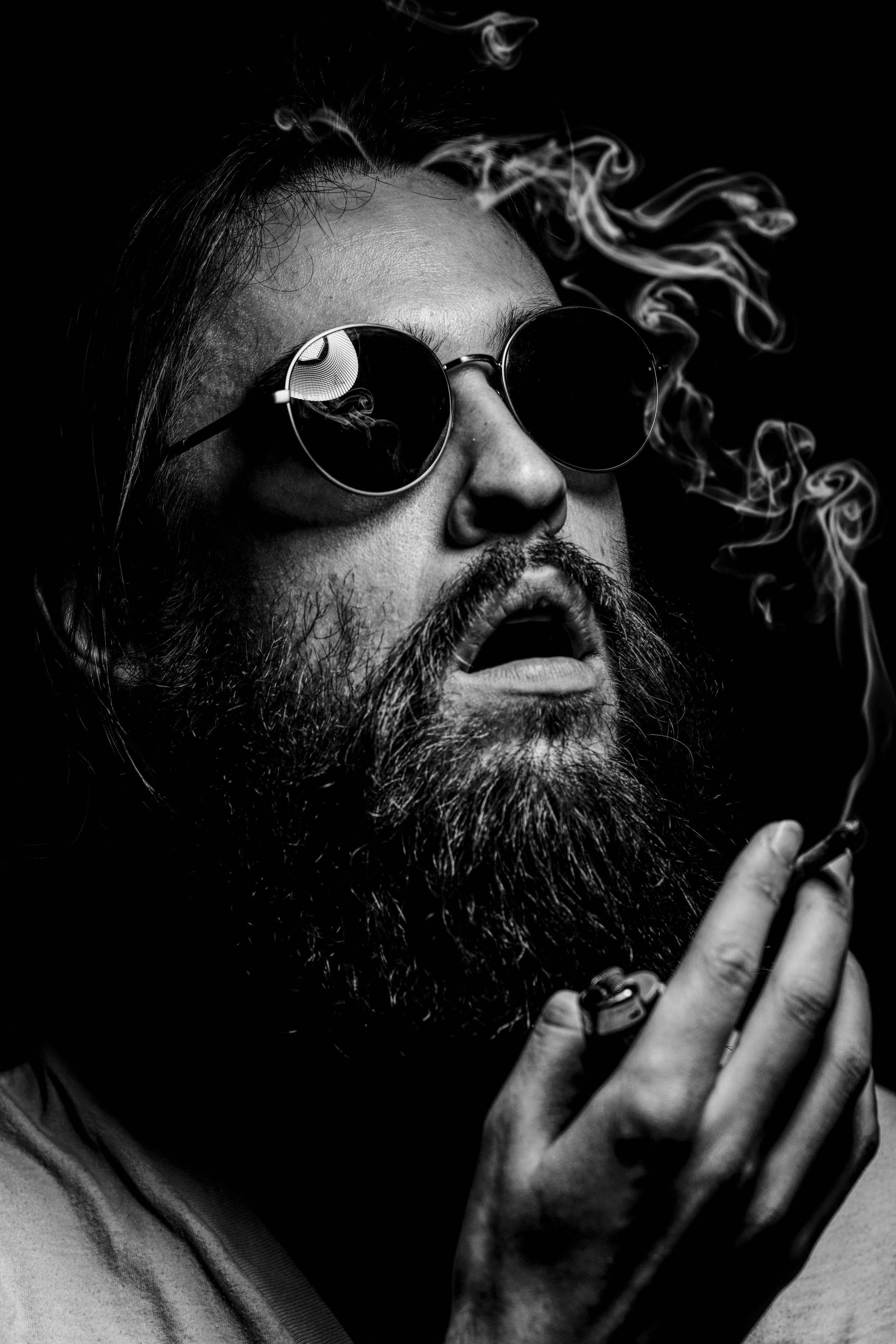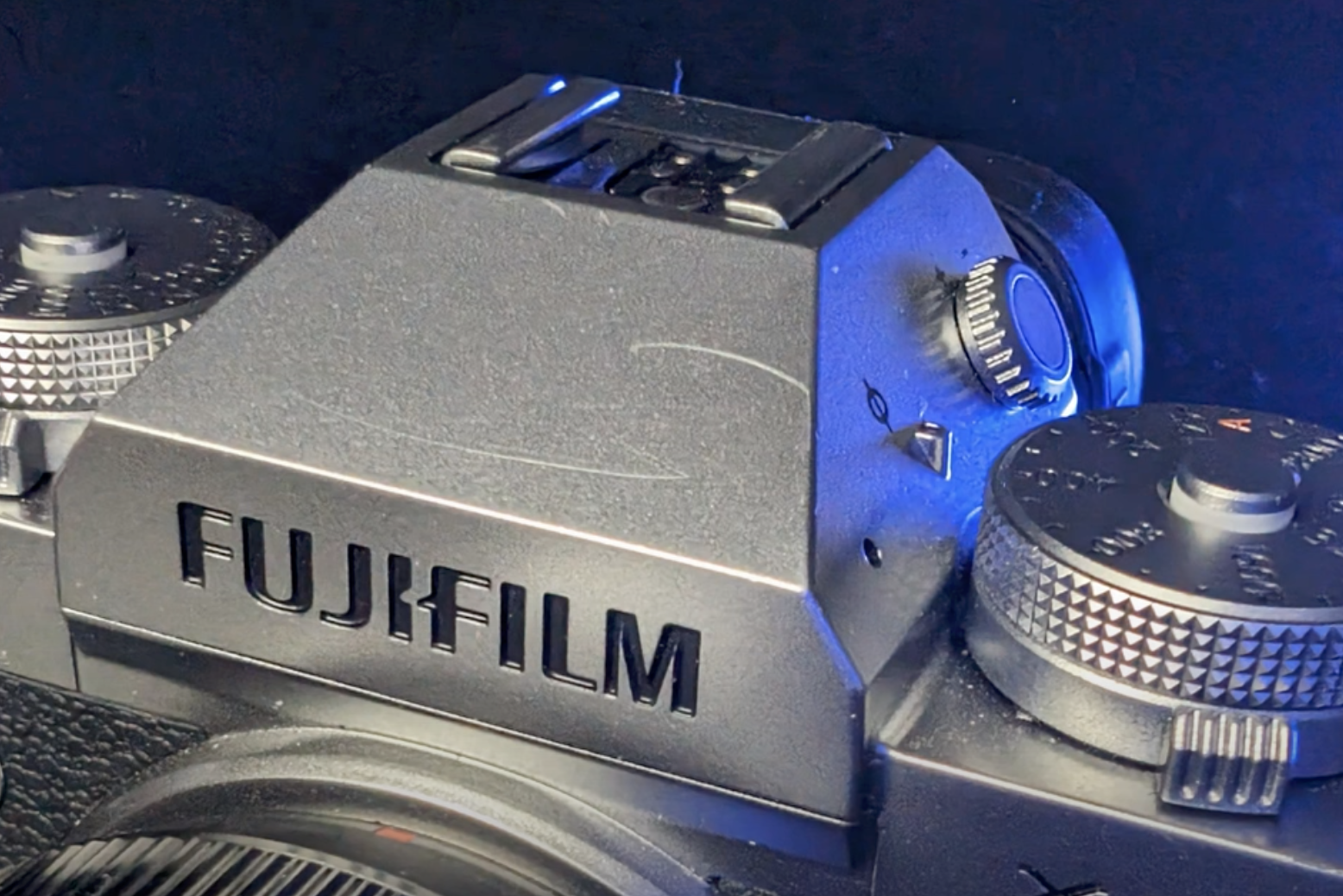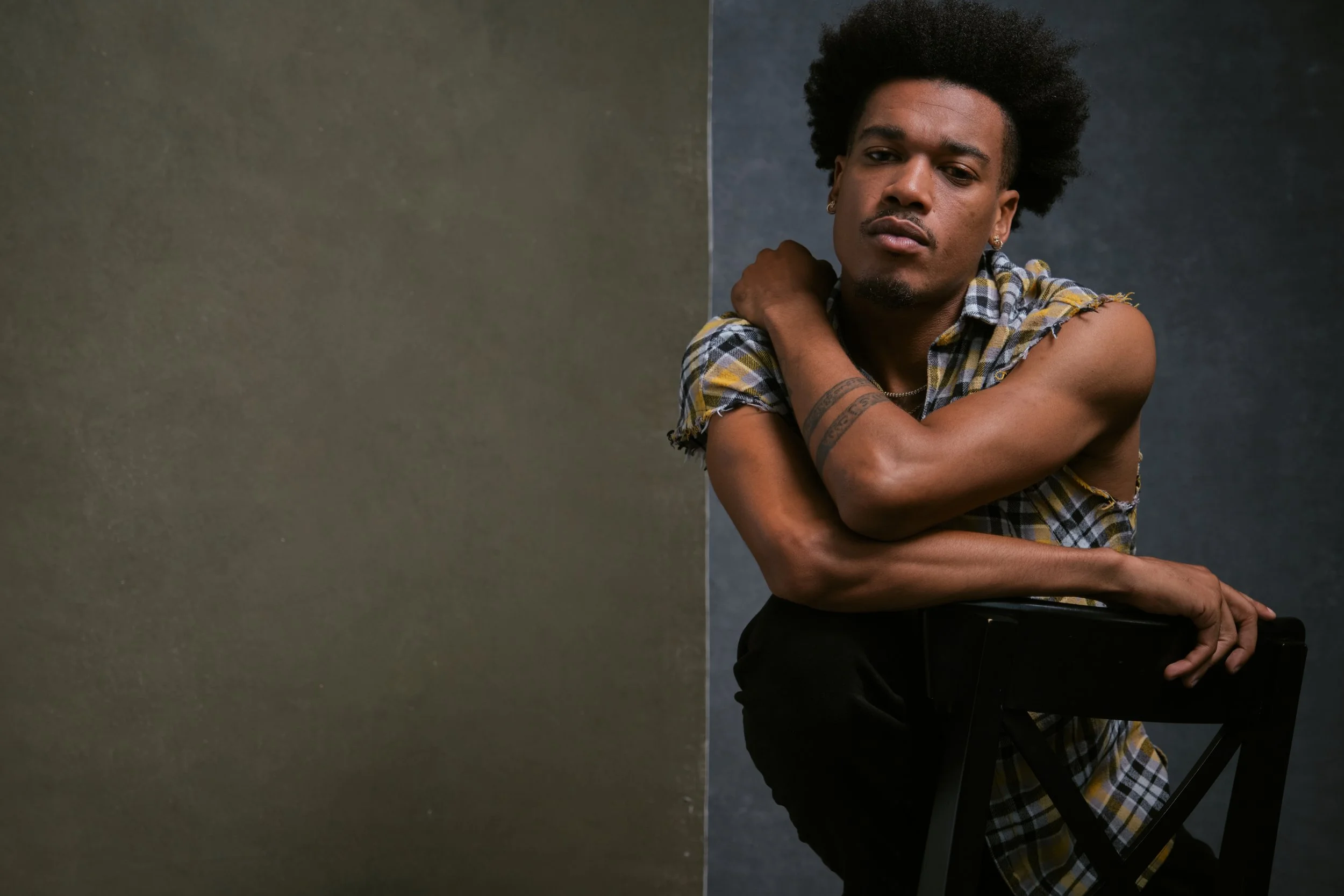Fujifilm X-T5 Long Term Heavy Use Review
I picked up a Fujifilm X-T5 in December of 2023, and since that time, I've used it almost every single day. Although I bought it originally as my backup camera, I quickly began to use it as my daily driver because I really love the camera that much. It's been my go-to camera for most of my portrait studio work, on-location corporate gigs, personal branding sessions, and for the some of my YouTube content creation as well. This includes the portraits, concert photos, sports photos, and nature photos you see regularly in my videos. I haven’t babied this camera in every way because it’s been very difficult to do that while involved in a bunch of complicated shoots.
A model photographed with the Fujifilm X-T5
A portrait with the Fujifilm X-T5
A studio portrait with the Fujifilm X-T5
Today, I'm going to tell you what I think about the Fujifilm X-T5 after almost a year of heavy use, including what seems to be one of the most contentious topics: build quality. The X-T5, like any other camera or lens that Fujifilm releases, is always met with a ton of love and criticism from Fuji fans, and truth or half-truths parading as facts. A lot of what you hear about a specific camera comes from a person who's never even used the gear in question, or maybe tried it once at a camera store counter for five minutes so that they can go online and act like they're an expert. In contrast, I’m giving you my thoughts on the X-T5 as someone who has used it heavily for almost this entire year.
My Fujifilm X-T5 in silver finish
Wear and tear on the X-T5
Build Quality
Let’s start with the elephant in the room—build quality. When I first got my X-T5, I was really disappointed with the feel of the camera and the dials. It was smaller and lighter, but it didn’t feel quite as robust as the Fujifilm X-T4. I said this in my initial review of the camera and even thought of returning it. But I decided to give it about a week before I sent it back and really see how I liked it. I’m really glad I did that because after a few days of use, I started to fall in love with the smaller size, weight, and the design of the camera. The ISO, shutter speed, and exposure compensation dials, which definitely don’t feel as nice as the X-T4’s dials, worked fine. Only a little bit here and there do they move on their own, and not nearly as much as I thought would happen.
Jazz concert with the Fujifilm X-T5
A portrait of a musician with the X-T5
A trumpet player photographed with the X-T5
There’s one area where the X-T5 actually beats out the X-T4 in build quality, and that’s these little front and rear command dials. They’re much firmer and more responsive than the wobbly, easy-to-press dials on the X-T4. I’ve watched some reviews where other photographers are having issues with things like shutter speed dials not working properly, the screen being loose, or other similar issues. I can thankfully say that my X-T5 still works perfectly, and this is with quite a few bumps and bruises along the way.
Here’s the real scoop on build quality: if you bump the camera, it’s probably going to get a scratch or a scrape. The first time this happened to me, I didn’t even realize that I had scraped the camera until I got back to my studio later that day. I was walking around a lobby taking photos of some corporate clients, carrying my C-stand in one hand with the camera flopping around on the strap around my neck in the other. At some point, I must have bumped into the stand because it gave the camera two really good gashes right on the front plate next to the name of the camera.
The next place I began to notice some wear and tear was around the tripod mount, which now has a worn-in ring from my monopod and my tripod. There are a couple of other small scuffs and scratches that I’ve noticed too. At first, these scrapes really bothered me a lot, but since this is a tool I use to make money, a scuff mark here or there really isn’t the end of the world and should sort of be expected. I do think the black version will probably hold up better than the silver, so I would advise you to get the black if you’re really picky about little scuff marks here and there. But as Fuji users, I can’t imagine that any of you care about a little scuff mark here or there on your camera, right?
So my personal experience with build quality is that the X-T5 is capable enough to stand up to professional use and abuse, but it’s going to show wear and tear pretty easily as the top and bottom plates have a sort of soft finish to them. In the most important metric—whether the camera works correctly or not—I’ve thankfully had zero issues with my X-T5, and hopefully, I will continue to have a great user experience with it going forward.
40 Megapixel X-Trans 5 Sensor
The X-T5’s 40-megapixel X-Trans 5 image sensor has stirred up a lot of rumors. Before this camera was even released, I heard complaints that 40 megapixels were too much for a crop sensor and that the camera would perform poorly at higher ISOs. Some claimed you would need optimized lenses, or else the quality would suffer.
In reality, the image quality from the Fujifilm X-T5 is superb in every way—the colors, sharpness, detail, dynamic range, and contrast are excellent. I’ve used the X-T5 with a variety of lenses, including the Fujifilm 50-140mm f/2.8, the Fujifilm 16-55mm f/2.8, and the 35mm f/1.4, and the images have been consistently impressive. I’ve also paired it with multiple Sigma and Tamron lenses, and I’ve found nothing to complain about in terms of image quality.
I love using Acros film simulation on the X-T5
The X-T5 has excellent image quality and dynamic range
A portrait with the X-T5
However, the biggest criticism I have is regarding the dynamic range, especially compared to my full-frame Canon EOS R5 and even more so compared to medium format cameras. This is to be expected, but the X-T5 falls short when it comes to pulling and pushing highlights and shadows. This mainly affects my color grading for portrait work, where less dynamic range means I have a smaller window to work with before highlights blow out or shadows turn muddy. For most other types of photography, this isn’t an issue as long as the exposure is nailed in-camera. I would like to add, however, that the difference between an APS-C and Full Frame sensor are rather close — a testament to Fujifilm’s 40 megapixel sensor.
Autofocus
Autofocus performance on Fujifilm cameras largely depends on the lens you’re using. Some Fuji lenses perform much better than others, and even some of the newer lenses don’t focus as fast or accurately as my older 16-55mm f/2.8. One of the best focusing lenses I’ve used is the Viltrox 75mm f/1.2, and I believe all new Fuji lenses for the X-line should follow suit—fast, silent, and accurate.
Despite some lenses underperforming, the X-T5 has been reliable with my go-to lenses, such as the 16-55mm and 35mm f/1.4. It locks onto eyes, tracks moving subjects, and generally gets the job done well. There are still times when eye focus will show that the subject’s eyes are in focus, but the image is slightly off. Thankfully, this doesn’t happen very often, and Fujifilm is good about releasing firmware updates to address such issues.
Minor Quirks
Fuji X-T5 and 16-55mm f/2.8
Fuji X-t5 and 50mm f/1
Loose Ends
Like any camera packed with technology, the X-T5 has its quirks. Occasionally, I get a random card read error, which I believe has been fixed with a recent firmware update. Sometimes the camera freezes, requiring me to remove and reinsert the battery to get it working again. I’ve noticed this primarily while tethering, but it has also happened a couple of times in the field.
Another quirk is the redesign of the joystick. You can no longer press it in to select the center point and also use it to scroll simultaneously—it's either one or the other. I have no idea why they changed this, but I hope enough users complain that Fujifilm will address it in a future update.
After almost a year of use, I still love the X-T5 and rely on it for a lot of my work. Its compact size, excellent image quality, fast focus, and easy handling make it a joy to use. The beautiful Fuji colors and retro design were what initially attracted me to the brand, and they’re still some of my favorite features.
While I’m considering transitioning to a Fujifilm GFX system for its dynamic range and image quality, for now, the X-T5 continues to be a solid performer for my daily work. If you’re thinking about making the switch, I highly recommend giving it a try.
If you enjoyed this article, check out my YouTube channel and also my Gear Page at B&H Photo.













